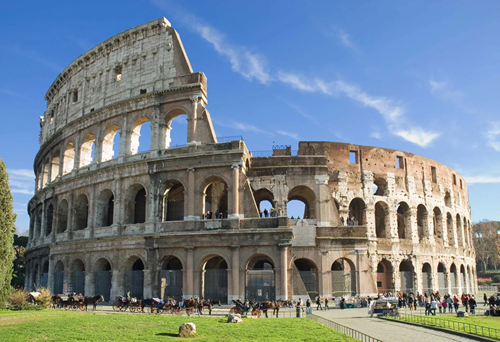The Colosseum, originally known as the Flavian Amphitheatre, remains one of the most remarkable and enduring symbols of ancient Rome. This oval-shaped amphitheater, located in the heart of the Italian capital, continues to attract millions of visitors each year, standing as a testament to Roman engineering and cultural grandeur.
Constructed under the rule of Emperor Vespasian around 70–72 AD and completed by his successor Titus in 80 AD, the Colosseum was the largest amphitheater ever built, capable of seating over 50,000 spectators. It hosted a variety of public spectacles — from gladiatorial contests and animal hunts to theatrical performances and mock naval battles.
Despite centuries of natural disasters, looting, and urban development, the Colosseum endures as one of the New Seven Wonders of the World. Recent restoration efforts by the Italian government and international organizations aim to preserve its structure while enhancing accessibility for global tourists.
“The Colosseum isn’t just a monument — it’s a bridge between past and present,” said a spokesperson from the Italian Ministry of Culture. “Its survival reminds us of the brilliance of Roman innovation and the shared heritage of humanity.”
Today, the Colosseum continues to serve as both a major archaeological site and a symbol of resilience, drawing scholars, tourists, and history enthusiasts from around the world.







